Why Is My English Ivy Turning Yellow? (11 Causes+Fix)
English Ivy is a hardy plant that can brighten the interior of your house with its flowering and textured leaves. Despite their hardy nature, these plants can succumb to problems and develops yellow leaves.
Overwatering is the primary cause of yellow leaves in English Ivy. To fix the overwatering problem, stop watering the plant, prune the yellow leaves and repot the plant if necessary. Apart from that, Low humidity and high temperature can also lead to yellow leaves in English ivy.
There can also be other reasons behind the yellow leaves on your English Ivy. In this article, I will discuss the possible reasons behind the yellow leaves on your English Ivy and suggest ways to deal with them.

Please note: Simplify Plants is reader-supported. Some links in the post are affiliate links and I get a commission from purchases made through links in the post.
Why is my English Ivy leaves turning yellow?
It is common for the old leaves to turn yellow and fall off the plant.
It is a natural process and not something to worry about.
But it’s time to evaluate the problem if you notice that the younger leaves have started turning yellow.
There can be multiple reasons that can cause yellowing in English ivy.
If you don’t cure the problem in its initial stage, the plant will experience more serious issues later.
Here are all the possible reasons that can cause yellow leaves in your English ivy:
- Overwatering
- Underwatering
- Incorrect lighting
- Unfavorable temperatures
- Poor humidity
- Wrong potting mix
- Overfertilization
- Lack of nitrogen
- Transplant shock
- Pest infestations
- Natural aging
Let us now discuss these in detail.
Overwatering
English Ivy plants are native to woodlands and forests of European regions, where they grow in moist and well-draining soil.
Overwatering is the most common reason for yellow leaves on Ivy as they can’t tolerate damp, slow-draining, and soggy soil around the roots for longer periods.
Soggy soil reduces the oxygen supply in the soil, due to which the roots fail to respire and carry water and nutrients.
This makes the plant weak, causing the leaves to turn yellow.
Overwatering can take place due to the following reasons:
- Watering the ivy plant too often.
- Using slow-draining or compact soil that prevents drainage
- A pot with no drainage holes causes the water to pool around the root system
- Watering the plant during the dormant season
Overwatering the Ivy for a longer period can cause fungal diseases such as root rot which can kill the plant.
How to fix an overwatered English Ivy?
- If your Ivy is overwatered, stop watering it and allow the soil to dry.
- Place your English Ivy in a bright area so the soil can dry out fast.
- If your Ivy has root rot, prune the infected roots and parts and repot your plant in a fresh soil mix.
- Make sure the pot has drainage holes to drain the excess moisture from the pot.
- Always check the soil before watering the plant. You can check the soil by finger method or by using a moisture meter.
Underwatering

English Ivy doesn’t like to stay in dry conditions either.
Lack of watering will cause dehydration leading to yellow leaves.
Due to insufficient watering, the plant will fail to receive the moisture it needs for carrying out various functions.
As a result, the plant will become weak and unhealthy, leading to dry, crispy, curly, and yellow leaves.
Watering the plant less or skipping it too often can cause dehydration to your English Ivy.
How to fix an underwatered English Ivy?
To fix your underwatered Ivy, you must start watering it.
Do not drown the entire plant with water.
Otherwise, it will go into shock.
Instead, water it gradually.
- Take a container and fill it with 3 to 4 inches of water. Take out your plant from the pot and keep it in the container until the soil is fully soaked with water.
- You can also use a self-watering pot to prevent overwatering and underwatering issues.
- Avoid keeping your Ivy under direct sunlight so that soil doesn’t dry out faster.
Incorrect lighting
English ivy plants are bests grown in medium light, not too bright or too low.
Both low light and too much light can make the leaves yellow.
Under extremely hot conditions, the Ivy will transpire at an increased rate causing the leaves to lose excessive moisture leading to dehydration and yellow leaves.
On the other hand, if the Ivy doesn’t receive sufficient light, the chlorophyll, which is necessary for the green color of the leaf, will get reduced.
Without chlorophyll, the photosynthesis process will also get interrupted, leading to yellow leaves.
How to fix the lighting for English Ivy?
At first, prune off all the damaged leaves from your Ivy so it can focus on new growth.
- Place your Ivy near the north or west-facing window, as this spot will provide the plant with bright, indirect light. Avoid keeping the plant near a south-facing window to prevent direct sunlight.
- If your house doesn’t have a north or west-facing window, keep your Ivy near any window by covering it with curtains or sheer drapes.
- Always keep the plant a few feet away from the window.
- In case of low light, move your plant to a brighter spot in your house.
- If natural light is insufficient, use artificial light for your Ivy.
Unfavorable temperatures
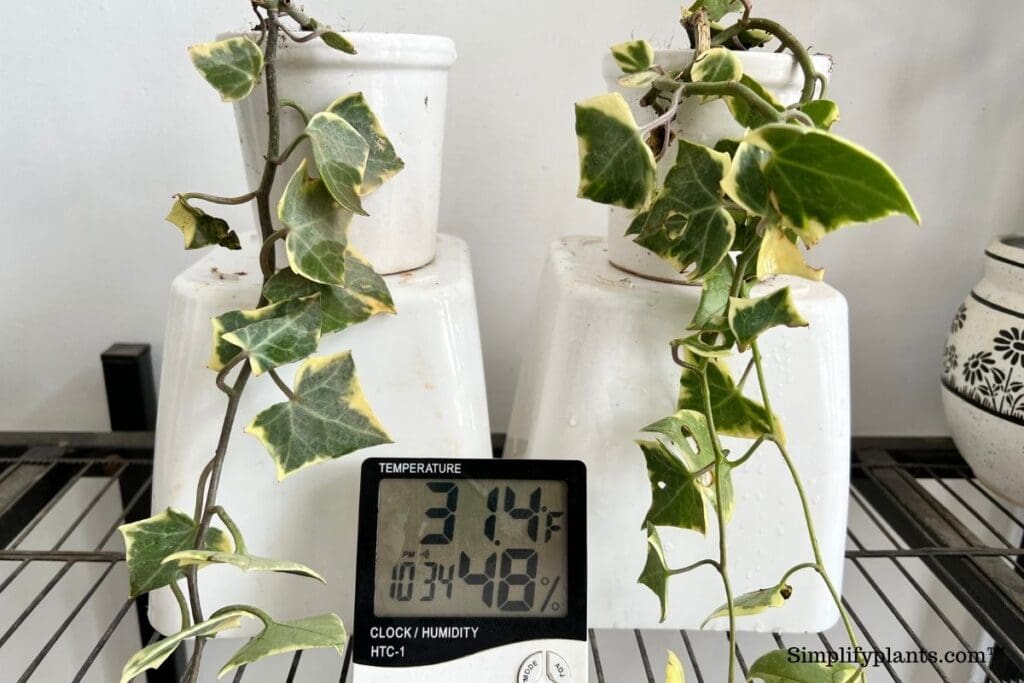
English Ivy prefers to grow at a steady temperature with medium to high humidity.
They will grow best when temperatures are between 70-90°F.
Ivies don’t prefer too much heat or cold.
If exposed to such conditions, they will develop yellow leaves.
If temperatures rise above 90°F, ivies will undergo dehydration due to extremely hot conditions.
Also, if the temperature falls below 65°F, they will get stressed and develop yellow leaves.
Moreover, sudden temperature changes can also shock them and cause their leaves to turn yellow.
How to maintain the ideal temperatures for English Ivy?
- During winters, avoid keeping your Ivy near frosty doors and leaky windowsills.
- Also, avoid keeping your plant near any heating device such as heating vents, radiators, fireplaces, stoves, etc.
- Never keep the plant near a door or a window that is frequently opened and closed to prevent temperature fluctuations.
Poor humidity
English ivies prefer to grow in medium to high humid conditions.
They need a minimum of 40-50% to thrive.
The leaves lose moisture due to increased transpiration when humidity levels are low.
This results in dehydration and weakness in the plant, and you might notice crispy, curly, yellow, and brown leaves.
The Ivy will face low humidity problems, especially during the winter season when the air is dry.
How to increase the humidity around English Ivy?
- You can increase humidity around your English Ivy by misting its leaves frequently with a spray bottle.
- You can group your Ivy with other moisture-loving houseplants to raise the humidity levels.
- You can use a pebble tray to raise the humidity. Take a tray, add pebbles and water, and place your plant on it. The water will evaporate and increase the humidity levels.
- You can use a humidifier to maintain the ideal humidity around your ivy plant.
- Avoid keeping your ivy plant near any heating or cooling device, as the dry air from such a device will reduce the moisture level around the plant.
Wrong potting mix

Growing English Ivy in the wrong soil type can also affect its health.
Both fast and slow draining can cause yellow leaves.
If the soil drains very fast, the roots won’t be able to absorb sufficient water needed for the plant’s growth, due to which the leaves will turn dry and yellow.
On the other hand, if the soil drains too slowly, the plant will experience overwatering issues and get yellow leaves.
Therefore, choosing a suitable soil mix for the plant is important to prevent any serious issues.
What is the ideal soil mix for English Ivy?
- If you use the wrong soil mix for your Ivy, change the entire soil mix with a new one. Prepare a soil mix by combining equal parts of perlite, peat moss, and soil.
- If the soil drains too fast, you can increase its moisture retention capacity by adding ingredients like vermiculite, compost, and peat moss.
- But if the soil drains too slowly, you can improve its drainage by adding ingredients such as manure, compost, sand, or gypsum powder.
Overfertilization
When you overfertilize your English Ivy, the extra salts from the fertilizers start to build up in the soil, making it difficult for the roots to absorb water and nutrients.
As a result, the plant gets weak and dehydrated and turns yellow.
Fertilizers contain toxic chemicals that can burn your plant’s root system and make it vulnerable to various pests and diseases if not used.
Overfertilization will result in salt deposits on the soil surfaces, stunted growth, and wilted and discolored leaves.
How to fix overfertilization?
- To treat overfertilization, you can scratch the top few layers of the soil and replace them with a new layer.
- Wash the soil a few times so the extra salts from the fertilizers can drain off along with water.
- If the damage is major and your Ivy is not recovering, repot the plant in fresh potting soil.
- Avoid fertilizing your Ivy for a few months until it recovers fully.
Lack of Nitrogen

Ivy is a climbing plant that grows abundant leaves that require nitrogen-rich soil for growing healthy and green leaves.
The plant will not get nitrogen if the soil hasn’t been changed over the years or it hasn’t been fertilized for long.
The soil loses nutrients over time, so adding fertilizers is important to get back the lost nutrients needed for the plant’s growth.
Also, the Ivy will experience nutrition deficiency if you grow it in a smaller pot with less soil capacity and, therefore, less capacity for holding nutrients.
This causes the leaves of your English Ivy to turn yellow due to a lack of vital nutrients like nitrogen, iron, and magnesium.
What is the ideal fertilizer for English Ivy?
- If the nutrition deficiency is due to a small pot, repot your Ivy to a larger pot.
- Fertilize your ivy plant with a nitrogen-rich fertilizer once a month during spring and summer when the plant is actively growing.
- Use a well-balanced water-soluble fertilizer with an NPK ratio of 20:20:20.
- You can also fix individual nutrient deficiencies.
| Deficiency | Treatment |
|---|---|
| Nitrogen deficiency | Add manure or coffee grounds to the soil. |
| Iron deficiency | Add iron sulfate. |
| Magnesium deficiency | Add Epsom salt or magnesium sulfate. |
Repotting shock
English Ivy might go through stress after you repot it in a new container.
Repotting is necessary if the plant becomes root-bound or has root rot.
Repotting is one way to ensure a plant’s healthy growth.
Repotting should be done with utmost care as even a slight mistake while repotting can increase the stress on your plant.
The plant might suffer from stress if you hurt the roots while repotting or if you repotted it in the wrong way.
The stress will cause the leaves to turn yellow and fall off.
Even if you have repotted the plant correctly, it is natural that it gets stressed due to a change in its growing environment.
Yellow leaves might be a reaction to the repotting stress, and you should not worry as the plant will recover.
How to prevent repotting shock?
- After repotting, give your Ivy time to adjust to the new environment.
- Whenever you repot, be very careful while removing the roots from the soil, so it doesn’t get harmed.
- While repotting, use a pot that is 1-2 inches larger than the previous pot.
- After repotting, try to keep your plant in the same location. Avoid changing the location to prevent sudden shock.
- Repot your Ivy during the spring and summer seasons when it is active growth. Avoid repotting the plant during the winter season.
Pest infestations

The leaves of your English ivy plant might turn yellow due to pests’ attacks.
Some pests such as whiteflies, aphids, scales, spider mites, and mealybugs can attack your plant and put it in more trouble.
These pests are sap-sucking insects that suck out nutrients and moisture from the plant, making it weak and unhealthy.
As a result, the plant will get stressed and have yellow leaves.
The pests hide on the underside of the leaves, so it’s important to check the plant regularly.
Factors such as overwatering, high humid conditions, and low light can encourage pests toward the plant.
How to control pest infestations?
- If your Ivy plant has pests, isolate it in one place to avoid the spread of pests to other houseplants.
- Prune back the infected leaves and parts from your plant.
- You can handpick the pests that are visible.
- Wash your plant with a strong spray of water to remove the pests.
- After washing, clean the infected areas of the plant with a cotton swab dipped in isopropyl alcohol to remove the remaining pests.
- Spray Neem oil solution to eliminate the pests.
Natural aging
If your English ivy is showing new growth and the leaves on the lower side of the plant are turning yellow, then it is natural yellowing.
As time passes by, the old leaves start to turn yellow and fall off the plant.
The old leaves give their place to the new growth at the end of their life cycle.
If you notice leaves turning yellow due to old age, you should not worry about it.
Although if you notice that all the leaves of your plant have started turning yellow, you should find out the cause as soon as possible before the situation gets out of control.
How can I prevent yellow leaves in my English ivy plant?
You can prevent yellow leaves in your English Ivy plant by following the care tips given below:
| Factors | Care tips |
|---|---|
| Light | Provide your English ivy with bright, indirect light. Avoid placing the plant under direct sunlight. |
| Water | Water your Ivy only when the top few inches of the soil get dry. Water it until the excess water starts to drain. |
| Temperature | Try to maintain temperatures between 70-90°F. |
| Humidity | Try maintaining a minimum of 40-50% humidity. Use a humidifier to increase humidity around the plant. |
| Soil | Grow your ivy plant in a well-drained, well-aerated loamy with a slightly acidic pH. |
| Fertilization | Fertilize your English Ivy plant with a balanced, water-soluble fertilizer with an NPK ratio of 20:20:20. Fertilize it during spring and summer and avoid fertilizing during winters. |
Can yellow ivy leaves turn green again?
No, once the leaves of your English Ivy turn yellow, you can’t make them green again.
Even if you fix the issue that was causing the yellow leaves, they won’t change back to green.
Therefore, it is best to eliminate the yellow leaves by pruning them.
This will also save the plant’s energy which it can use to grow new leaves.
Reference: Researchgate, University of Tennessee, Mississippi State University, Central Florida Research and Education Center, U.S. DEPARTMENT OF AGRICULTURE.
Recommended Garden Supplies
| Product Image | Our Recommended Gardening Supplies | Check Offers! |
|---|---|---|
Top Top
Top
Top
Top
Top
Top
Top
Top | rePotme Houseplant and Tropical Classic Potting Soil Mix | Check Offer On Amazon |
 Top
Top
Top
Top
Top
Top
Top
Top | Espoma Organic Indoor Plant Food | Check Offer On Amazon |
 Top
Top
Top
Top
Top
Top
Top
Top | GooingTop LED Grow Light 6000K Full Spectrum Clip Plant Growing Lamp | Check Offer On Amazon |
 Top
Top
Top
Top
Top
Top
Top
Top | Soil Moisture Meter | Check Offer On Amazon |
 Top
Top
Top
Top
Top
Top
Top
Top | Govee Hygrometer Thermometer, Bluetooth Enabled! | Check Offer On Amazon |
 Top
Top | LEVOIT Humidifiers for Large Room(Best For Plants) | Check Offer On Amazon |
 Top
Top
Top
Top
Top
Top
Top
Top | Upgraded DIY Automatic Drip Irrigation Kit, 15 Potted Houseplants Support | Check Offer On Amazon |
 Top
Top
Top
Top
Top
Top
Top
Top | Stainless Steel Heavy Duty Gardening Tool Set | Check Offer On Amazon |
 Top
Top
Top
Top
Top
Top
Top
Top | Bonide Insecticidal Soap | Check Offer On Amazon |
 Top
Top
Top
Top
Top
Top
Top
Top | Bonide 32 oz Spray Neem Oil for Organic Gardening | Check Offer On Amazon |
 Top
Top
Top
Top
Top
Top
Top
Top | Garden Safe Fungicide | Check Offer On Amazon |

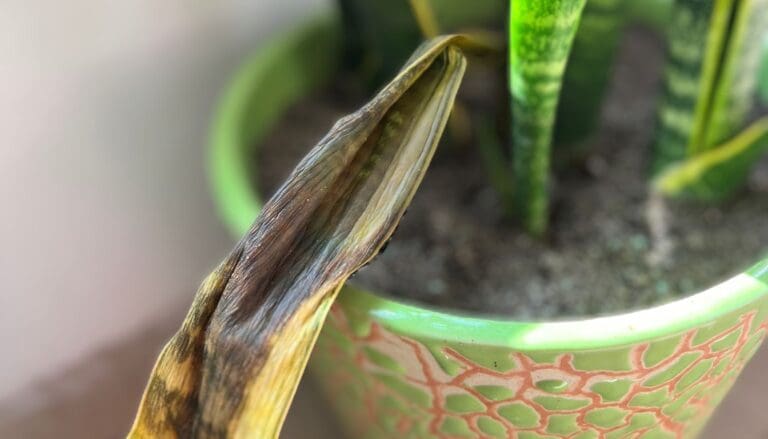
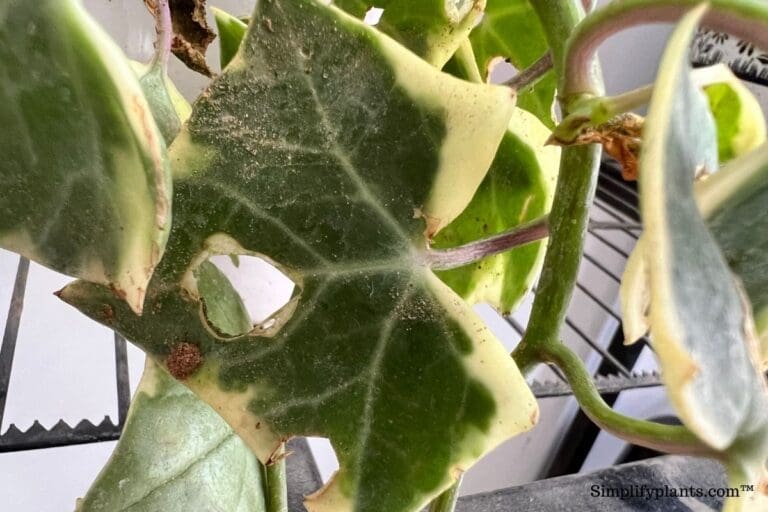
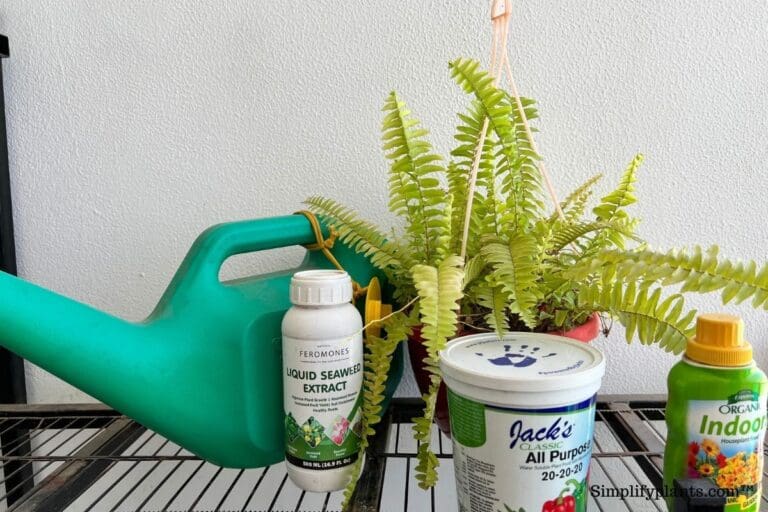
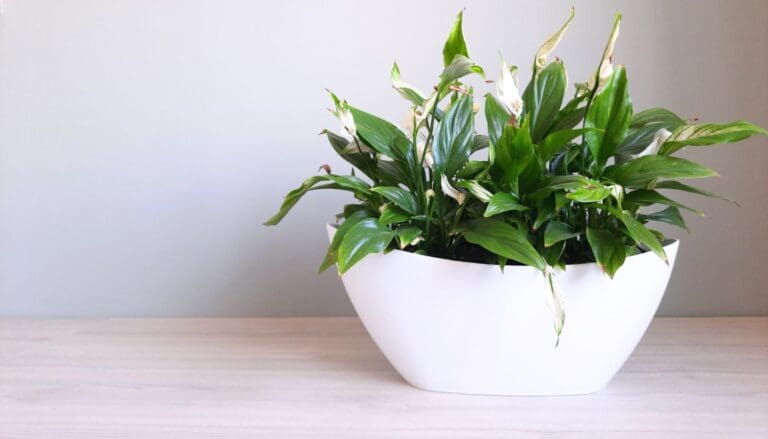
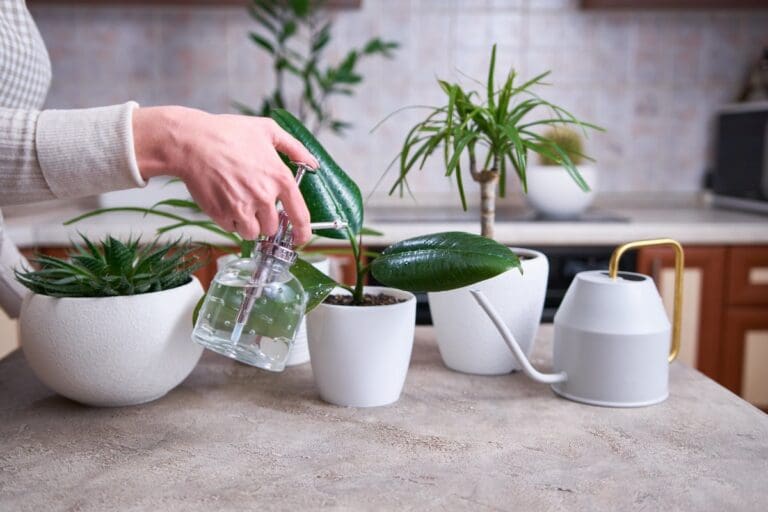

Hi! Someone in my Facebook group shared this website with us so I came to check
it out. I’m definitely enjoying the information. I’m bookmarking and will be tweeting this to my
followers! Great blog with and superb style and design.